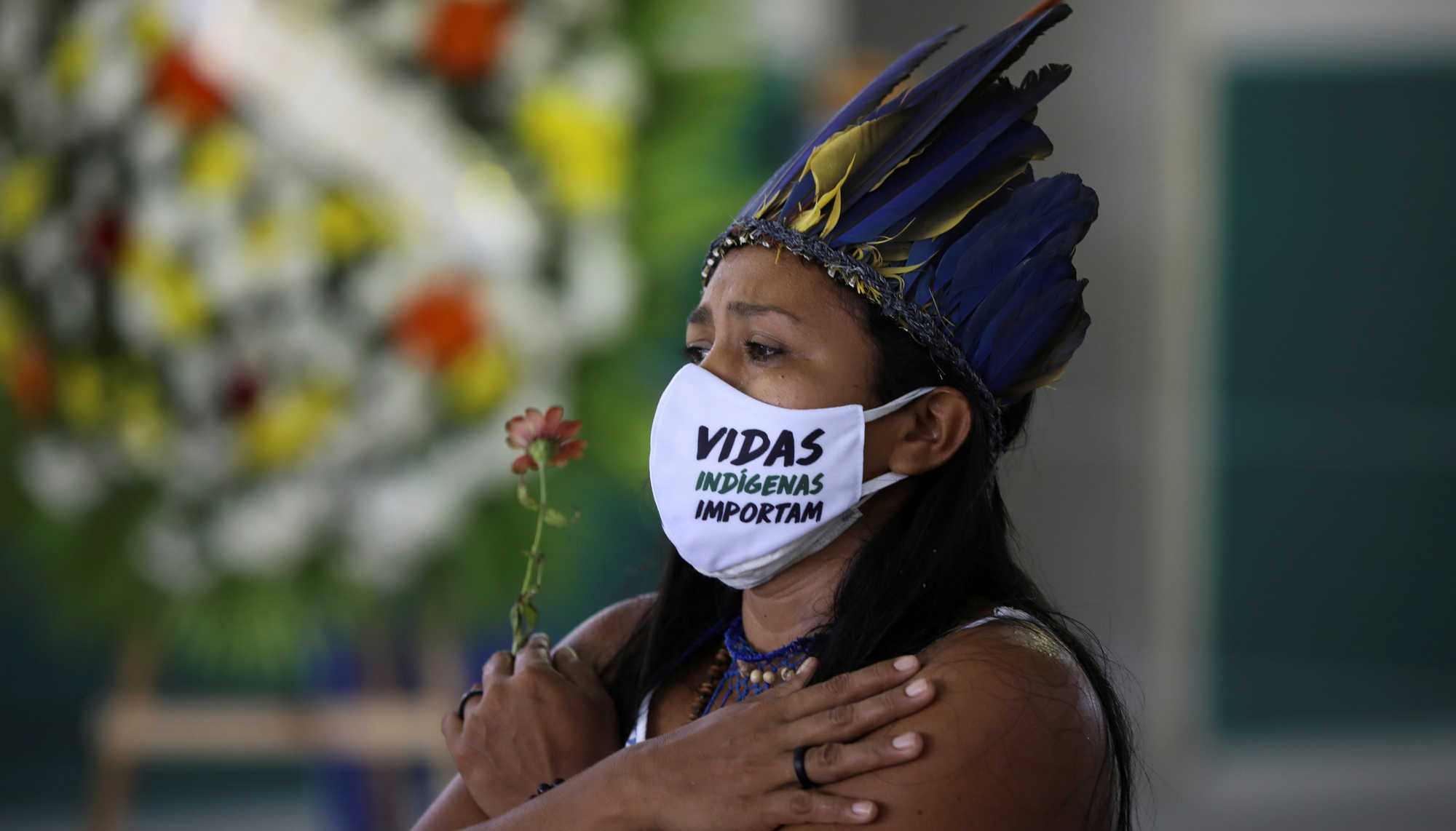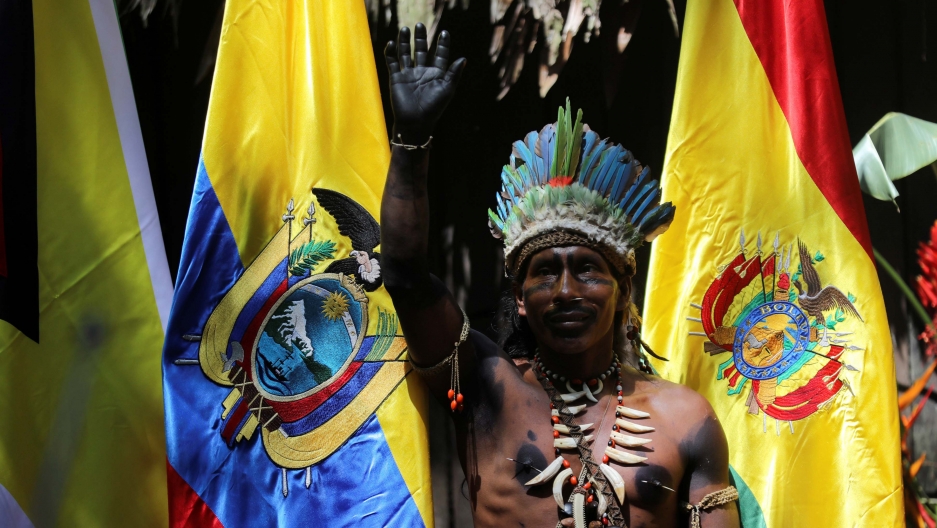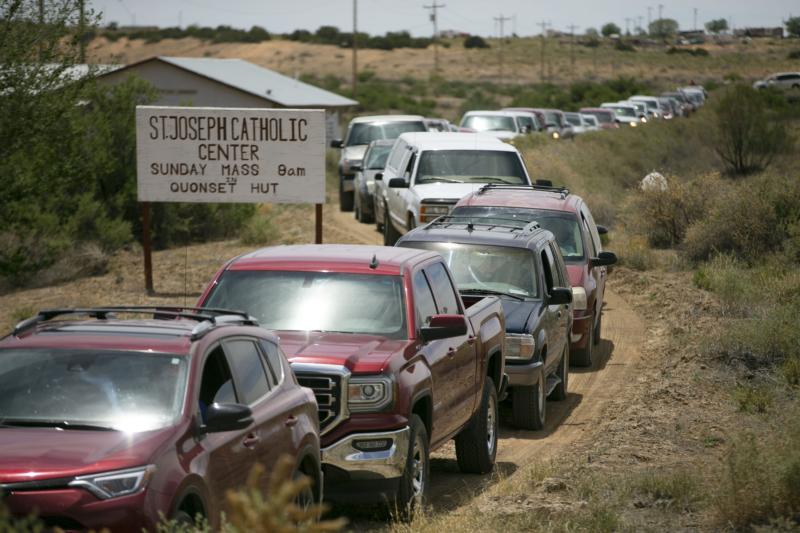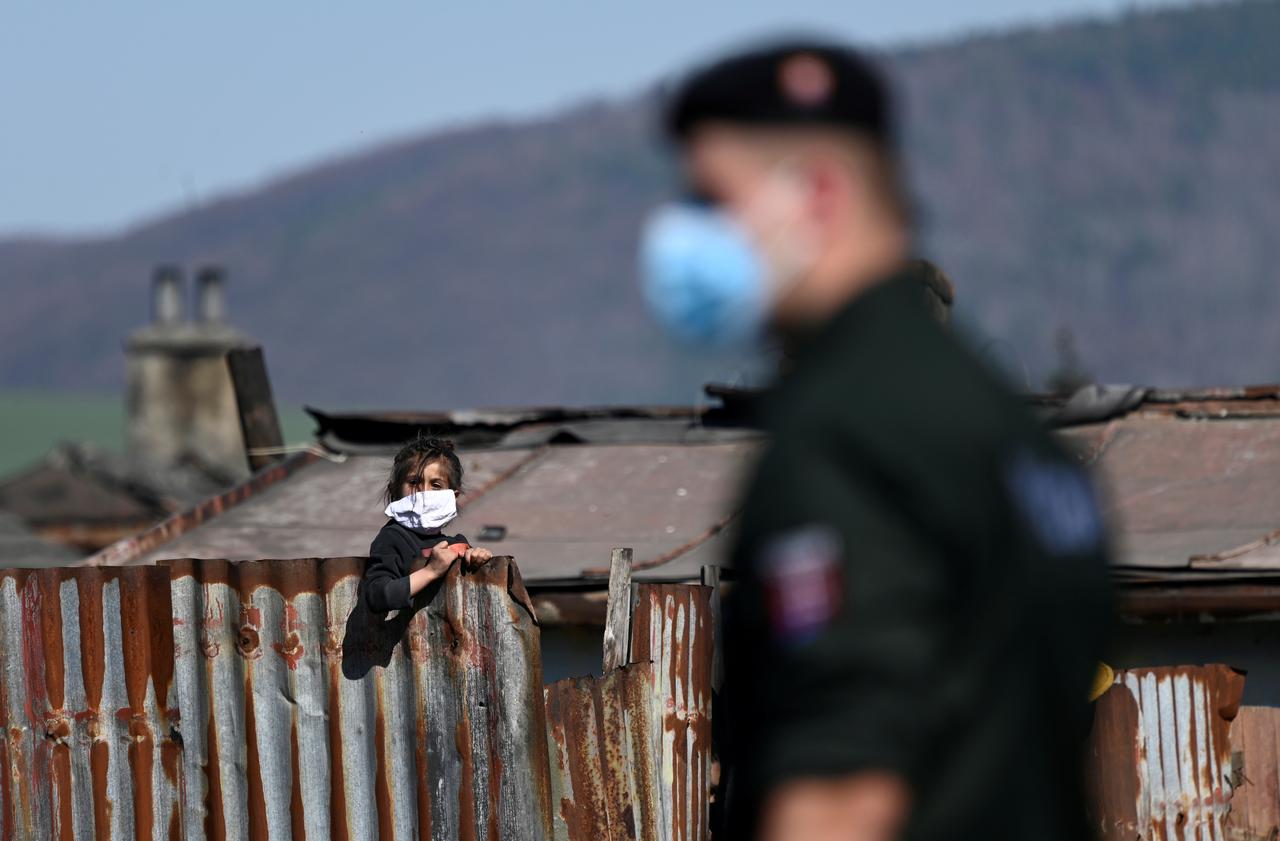
Editor's note:
The coronavirus pandemic has infected 10 million people and claimed half a million lives, yet it's still gaining momentum in many parts of the world. It attacks all – the rich, the middling sort, the pauper, but it's not an equal-opportunity killer. It's changing the conditions of underprivileged populations from bad to worse, and in the meantime, causing many to join the ranks of the vulnerable worldwide.
In this grim situation, CGTN launched a series "In the era of pandemic, every life counts." The first story focuses on indigenous peoples and how they, once again, are left behind in this unfolding plague, as they were in many past pandemics.
"They are like forlorn orphans," a local newspaper described the indigenous people in the Amazon rainforest in Colombia, as the coronavirus penetrates remote reservations.
The number of confirmed cases surged from 146 on May 13 to 906 on June 17, an increase of over 80 percent, which is higher than the average growth rate of the disease for the country's general population over the same period.
"The indigenous people are scattered around the country. Those residing in Leticia – the southernmost tip of Colombia – are hit the hardest," said Yu Zhijian, a Latin American studies expert based in Bogotá. This Amazon River port abutting Brazil and Peru is more of a sealed-off town, with no roads or bridges connecting to the rest of the country. People commute by boat through interlaced rivers flirting with swamps. After the virus reached the community, there have been few flights carrying food, medical personnel and supplies to its 50,000 residents.
While they are largely isolated from the rest of Colombia, they frequently meet with their counterparts from Brazil across a porous border, which is believed to have facilitated the spreading of the virus in Brazil, a country that now ranks second worldwide in both infections and deaths.

An Indigenous person gestures during the Presidential Summit for the Amazon, in Leticia, Colombia, September 6, 2019. /Reuters
An Indigenous person gestures during the Presidential Summit for the Amazon, in Leticia, Colombia, September 6, 2019. /Reuters
Situated diagonally are the Wayuu indigenous communities in the La Guajira Desert bordering Venezuela, which face a shortage of soap and running water for handwashing.
Outside the rainforest and the desert, indigenous peoples are barely faring better. "Most of those dwelling on the outskirts of Bogotá make a living from street vending. They sell handmade ornaments in the daytime and spend the night in their poor-sanitary, multi-generational tribal shacks," noted Yu during an interview with CGTN. A national curfew imposed to curb the spread of the virus has taken a toll on their meager incomes.
What makes their situation worse is that indigenous peoples in the country have long been mired in illegal armed conflicts and drug wars. Many rural indigenous communities are nestled where guerrilla fights over the cocaine trade take place. "In the time of quarantine, the indigenous people here are facing a bigger threat from armed conflicts than from COVID-19," Yu added.
Moreover, corruption still runs amok on the local level despite a years-long anti-corruption campaign. When the central government allocates daily essentials to these indigenous communities, they would most likely be intercepted by local authorities.

Cars in Coyote Canyon on the Navajo reservation of the U.S. line up to receive food at a food distribution point before the start of a weekend-long curfew during the coronavirus pandemic, May 15, 2020. /Reuters
Cars in Coyote Canyon on the Navajo reservation of the U.S. line up to receive food at a food distribution point before the start of a weekend-long curfew during the coronavirus pandemic, May 15, 2020. /Reuters
Even in more developed, more peaceful North America and parts of Europe, indigenous peoples are being disproportionately impacted by COVID-19.
The Navajo Nation, home to some 173,000 Native Americans in the U.S., reported 7,469 cases as of Sunday, with a death toll of 363. That translates into an infection rate over six times that of the entire U.S. population at the end of June.
Sprawled across the states of Utah, Arizona and New Mexico, the 71,000-square-kilometer Nation – the largest of its kind in the U.S. – only has 12 health facilities, according to the Indian Health Service. A severe lack of hospital beds and medical facilities pose a grave challenge to its population, a third of whom have chronic diseases including diabetes and lung problems.
There are more staggering numbers: the reservation suffers from an unemployment rate of 40 percent and a similar poverty rate – nearly four times that of the country as a whole.

A child is pictured wearing a protective face mask as the coronavirus disease spreads in the area around Roma settlements, in Krompachy, Slovakia, April 9, 2020. /Reuters
A child is pictured wearing a protective face mask as the coronavirus disease spreads in the area around Roma settlements, in Krompachy, Slovakia, April 9, 2020. /Reuters
Across the pond, the Roma people constitute the largest minority in Europe with a population of more than 10 million, spread throughout countries such as Italy, Spain, Bulgaria and Hungary. Many of them live in densely populated neighborhoods and shantytowns without access to running water, so COVID-19 has hit Roma communities particularly hard.
Governments are placing greater restrictions on them in order to contain the spread, but activists say that setting up police checkpoints and quarantine controls in Roma neighborhoods in countries such as Slovakia and Bulgaria only reinforce the harmful stereotype that the Roma are "unclean" residents that live on the margins of society.
The economic impact from the pandemic on the Roma are particularly acute, given that many of them work in black or gray market day-to-day jobs that aren't recognized by the government. Working in the shadow economy means that many who are laid off don't have access to economic benefits, health insurance and other social safety nets that would be afforded to those in jobs with legal protections. As for many Roma children, they, like those from impoverished communities, cannot learn remotely because they do not have access to the internet when schools are closed.
The increasing gaps in wealth and education look to inflame existing political tensions, such as far-right militias in Ukraine who've already conducted attacks on Roma settlements. The higher rates of the outbreak among Roma communities is simply being used as the latest accusation that this group is responsible for the worsening state of things, often by governments to distract from state and institutional failures.
Just like in the pandemics of previous centuries, the living conditions and practices of indigenous peoples have made many of them especially vulnerable to the spread of COVID-19. But just as importantly, the scourge of disease exacerbates existing social ills, lays bare new problems and reveals deeply-entrenched prejudices.